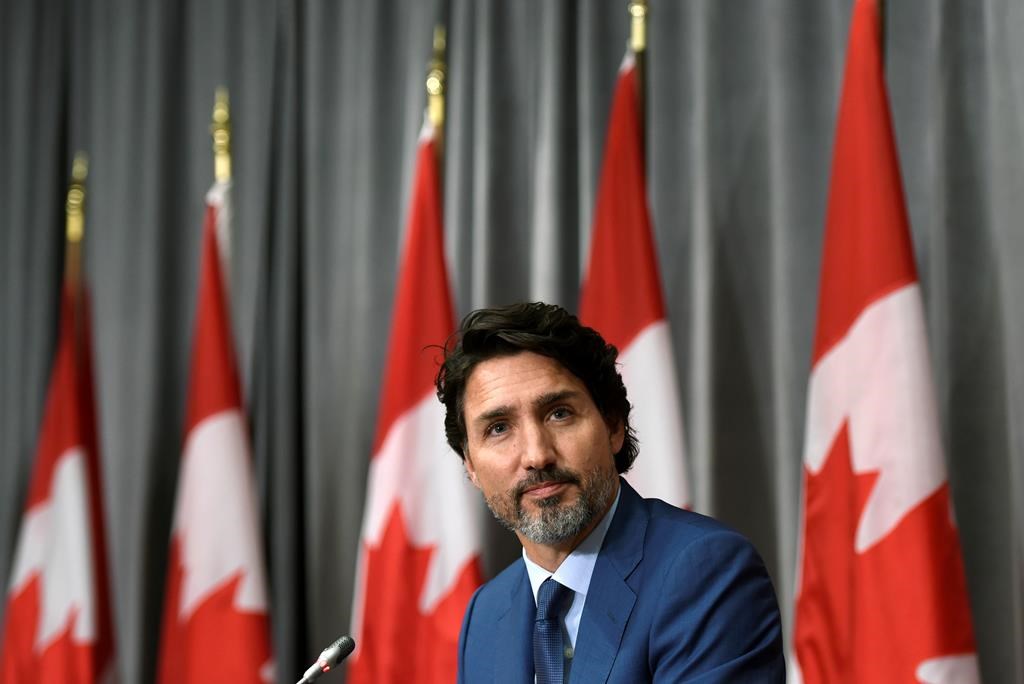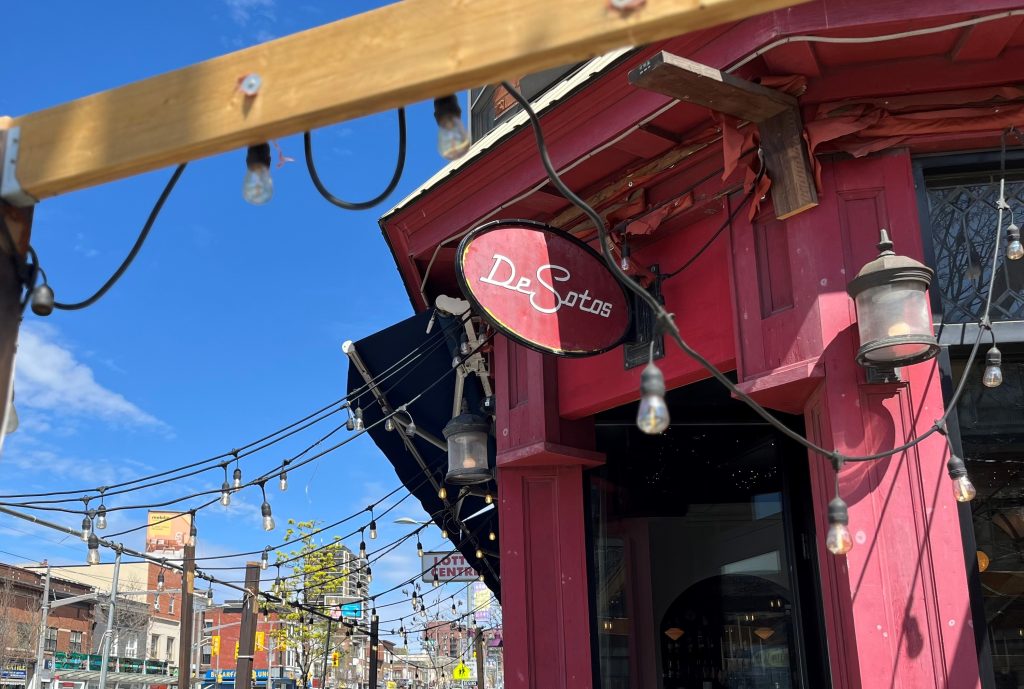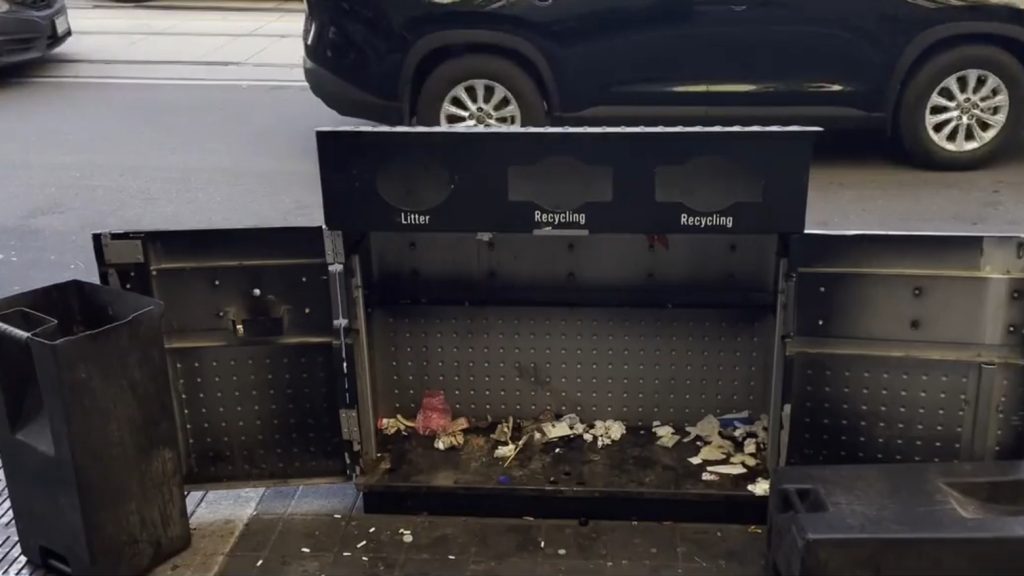Infrastructure bank to unveil plans to invest billions in priority areas

Posted October 1, 2020 6:21 am.
OTTAWA — Prime Minister Justin Trudeau will outline today how the Canada Infrastructure Bank intends to invest billions in projects aimed at creating jobs and contributing to the fight against climate change.
Government officials say no investments in specific projects are to be announced at a news conference today, where Trudeau is to be joined by the new chair of the bank’s board, Michael Sabia, and Infrastructure Minister Catherine McKenna.
But the trio are expected to lay out the priority areas in which the bank intends to invest, as well as the amount of money it will devote to each area.
Among the priority areas are agricultural infrastructure in Western Canada and broadband to expand access to high-speed internet service across the country.
Officials, who spoke on condition of anonymity because they were not authorized to publicly reveal details before the announcement, say the investment plan is part of the government’s promise in last week’s throne speech to create one million jobs and help revive an economy ravaged by the COVID-19 pandemic.
It is also intended to help the government meet its goal of net-zero carbon emissions by 2050.
Trudeau’s government launched the infrastructure bank in 2017 with the authority to spend $35 billion over 10 years. The idea was for the bank to leverage funds from private sector partners, particularly big institutional investors like pension funds, to pay for what the government called “transformational” infrastructure projects.
However, the bank has been criticized for the relatively few investments it has made thus far in just nine projects. During last fall’s federal election, both the Conservatives and the NDP promised to abolish the bank if elected.
The banks has invested $1.28 billion in the REM automated light rail network in Montreal and pledged up to $2 billion to expand GO Transit service between Toronto and Hamilton and up to $300 million to increase container handling capacity at the port of Montreal.
Other investments are small. such as $55 million to Via Rail for the development of plans for an eventual high-speed rail corridor between Toronto and Quebec City, are for consulting or advisory services, or are just at the stage of memorandums of agreement.
Sabia, the former head of Quebec’s pension fund, was named chairman of the board in April amid a shakeup of the bank’s senior executives.
At that time, he and the government predicted that the bank would play a major role in stimulating the economy after the pandemic.










